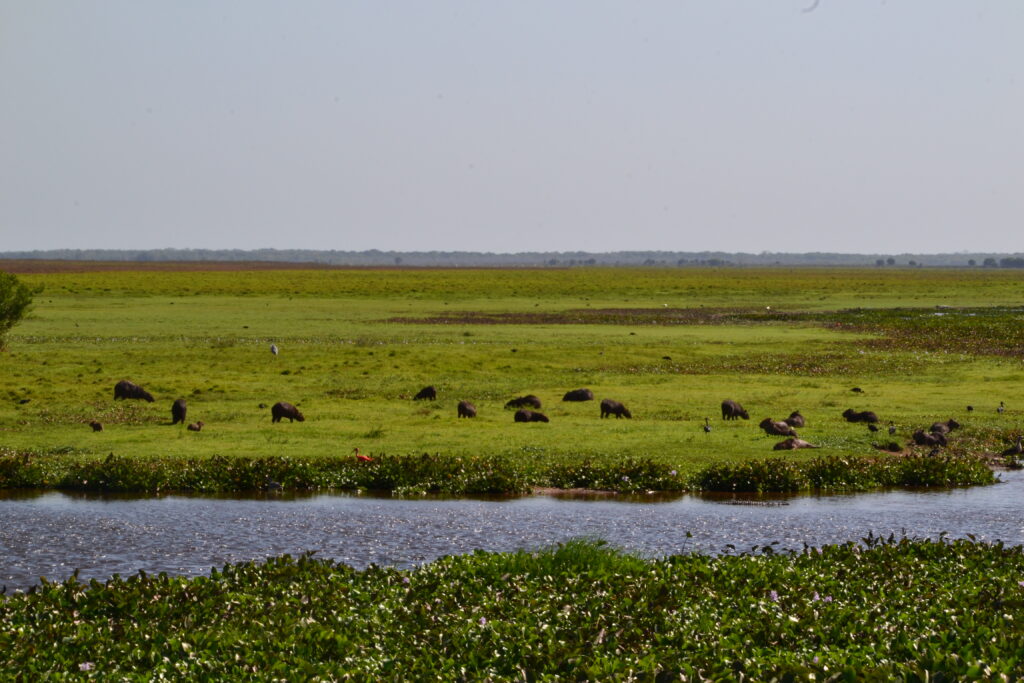When someone mentions going on a safari, your imagination probably jumps to Africa. You might picture yourself in a jeep, watching zebras and rhinos. But have you heard of a safari where you can see alligators, anacondas, capybaras, and anteaters?
Places like Venezuela and Colombia offer vast plains where you can embark on a unique wildlife safari adventure. These safaris often take place on farms called hatos, some of which have areas specifically designed to host tourists.
Let’s dive into the details: how to get there and what activities you can enjoy.
Table of contents
Los llanos de Venezuela
Why Go: Wildlife, Birds, and Culture
How to Get There
Where to Go
My Backpacking Experience
Safety
Buses to Get to Hato el Cedral
The Safari
The Food & Traditional Dance
Sim Card
My Way Back
How to pay
los llanos de venezuela
Los Llanos is a vast, sprawling plain located across Venezuela, nestled between the coast and the mountains to the west. This region is known for its open skies, numerous slow-moving rivers, sparse trees, and endless plains.
Home to hardworking cowboys, or “llaneros,” Los Llanos has a rich tradition of cattle ranching, passed down on horseback for generations. The area also boasts its traditional music, called Joropo, and its main dishes are centered around beef.
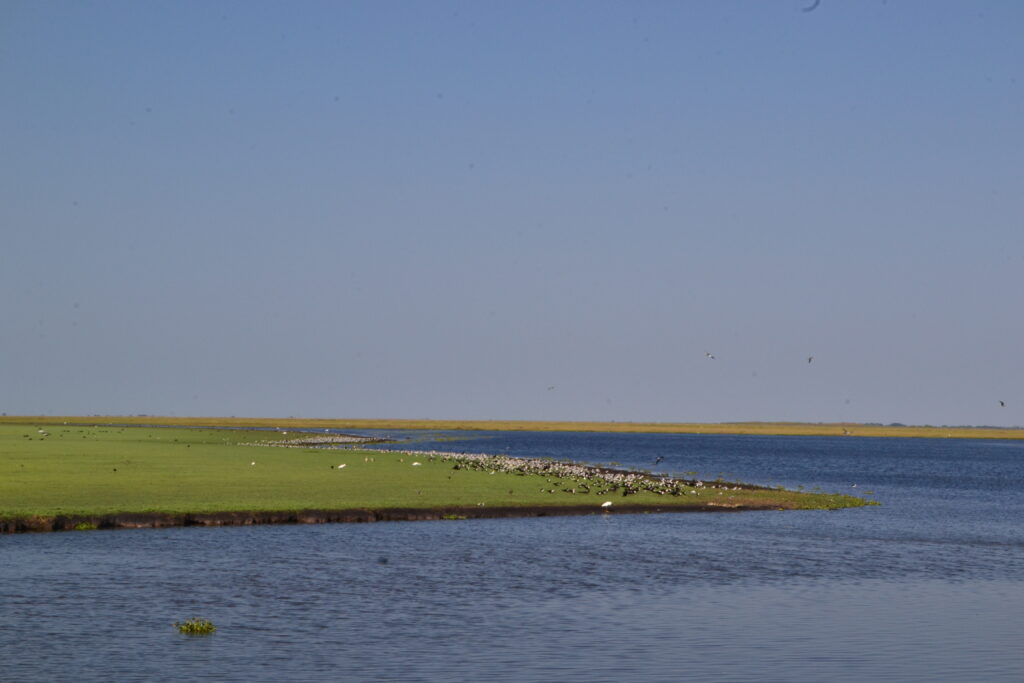
Why Go: Wildlife, Birds, and Culture
Los Llanos is teeming with wildlife and birds. You can spot burrowing owls, scarlet ibis, various types of herons, and black-collared hawks. The wet season is especially vibrant, attracting migratory birds like herons to the flooded plains.
The region is home to a diverse array of animals, including giant and collared anteaters, multiple species of armadillos, massive anacondas (some over 30 feet long), deer, giant otters, spectacled caimans, Orinoco crocodiles, howler monkeys, jaguars, pumas, and ocelots. A favourite among many visitors is the capybara, the world’s largest rodent, often seen in large numbers within protected areas. The rivers are alive with freshwater dolphins, Arrau turtles, manatees, and plenty of piranhas.
The culture of Los Llanos is unique and vibrant. The llaneros, the region’s proud cowboys, live close to nature from birth to death. Their rich folklore comes alive in legends, stories, and touching songs, often accompanied by the strum of the cuatro guitar or the rhythmic melodies of the Venezuelan harp.
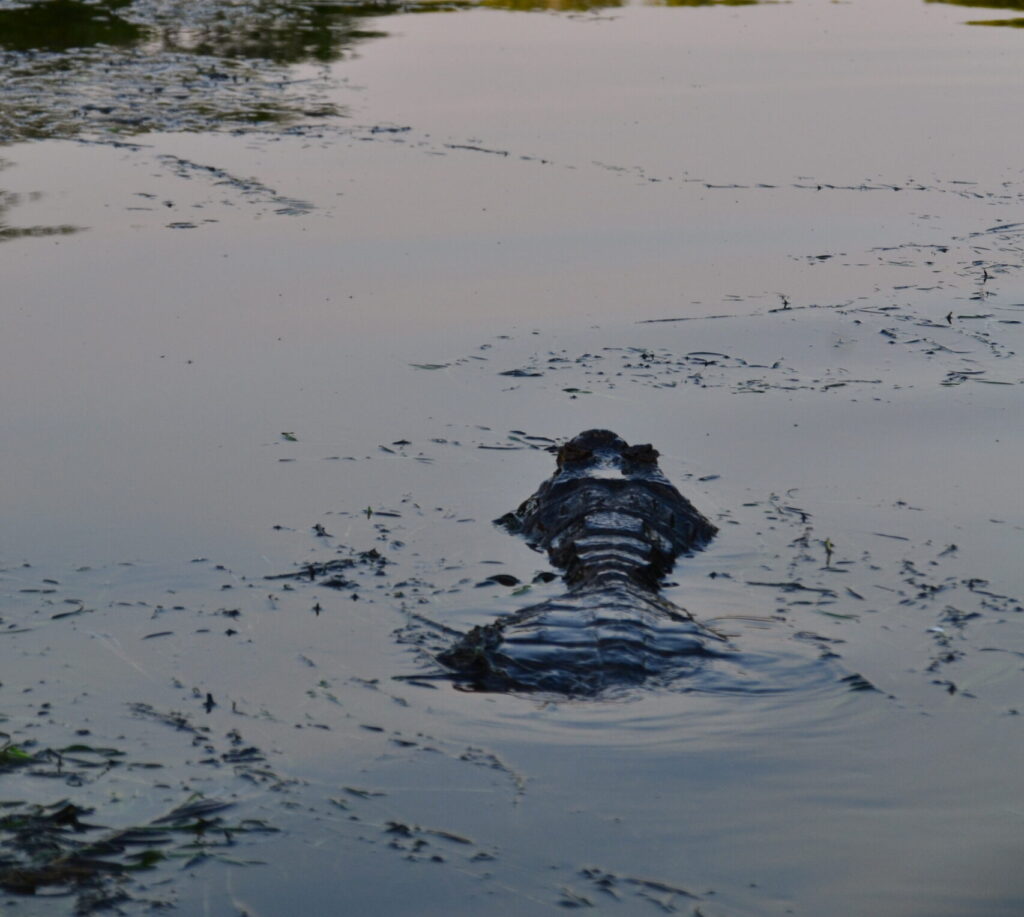
How to Get There
Venezuelan families often organize big cars from the main cities for trips to Los Llanos. As a tourist, you might find renting a car in Venezuela challenging due to the unstable fuel situation. The best way is to contact a tourist agency or speak directly with the resort, as they can arrange your transport.
For the more adventurous, you can try using public transport. I did this myself, and it turned out to be quite an adventure due to the lack of good connections and frequent road disruptions. Eventually, I made it to the Hato, and the journey was well worth it.
To figure out how to get to the Hato you choose, I recommend contacting the place directly. Email them or check their Instagram for information. If they can’t provide clear guidance, try speaking with someone at the bus station (terminal de buses). Another option is to connect with local people on Facebook or Couchsurfing. It might take some effort, but it’s possible!
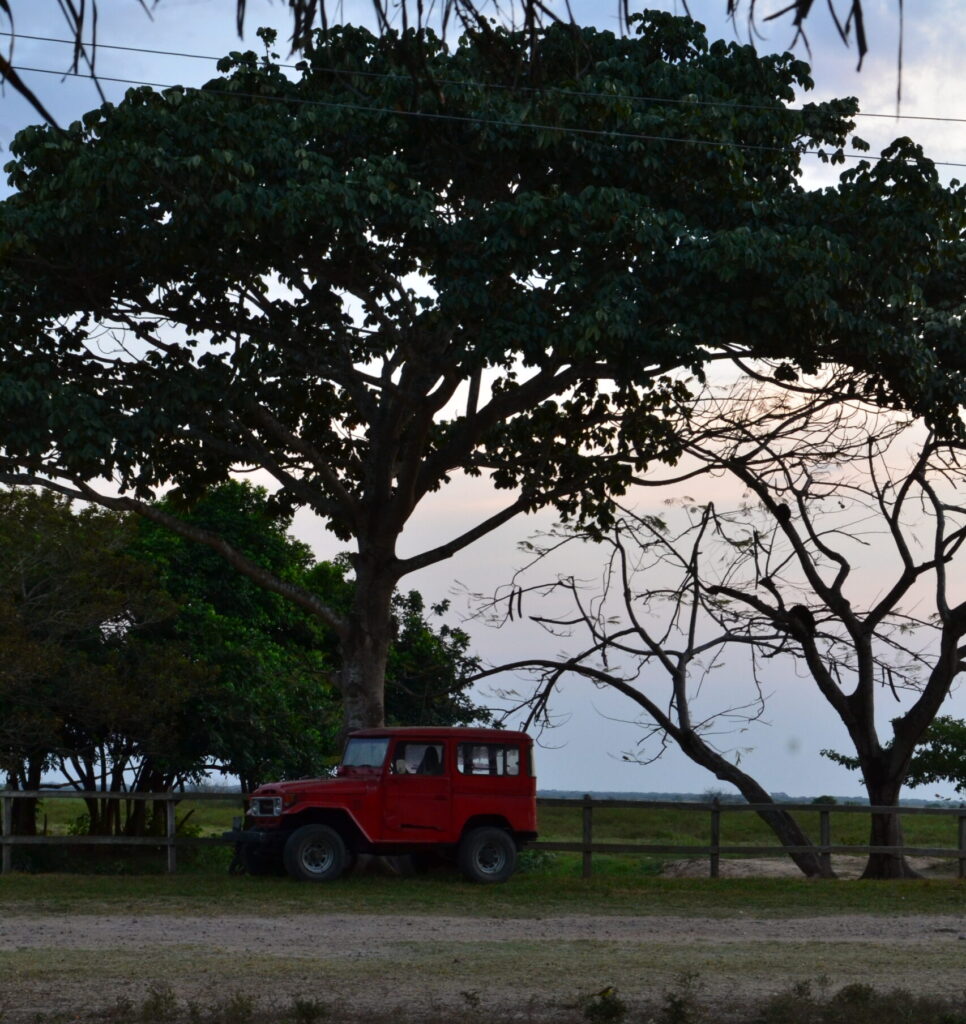
Where to Go
The Los Llanos region has several notable destinations, mainly located in Barinas and Apure. Here are some options:
– Hato el Cristero
– Hato el Cedral
– Hato Las Caretas de Guárico (with limited safari options)
– Hato Piñero

My Backpacking Experience
After some research, I decided to visit Hato el Cedral. It was the most convenient and reachable option from Merida, where I was at the time.
The bus schedule was a bit confusing, so I had to call different people to confirm if buses were going to Apure. My journey started with a night bus from Merida to Barinas. Once in Barinas, I caught the first bus to San Fernando.
At one point, the road was damaged by the river, so buses couldn’t cross. I took a motor taxi to the other side, where another bus was waiting to take me to San Fernando. I got off in Mantecal, where someone from the Hato could pick me up, but it’s also possible to take a motor taxi.
This extraordinary experience allowed me to observe how people in these remote places live by taking local buses.
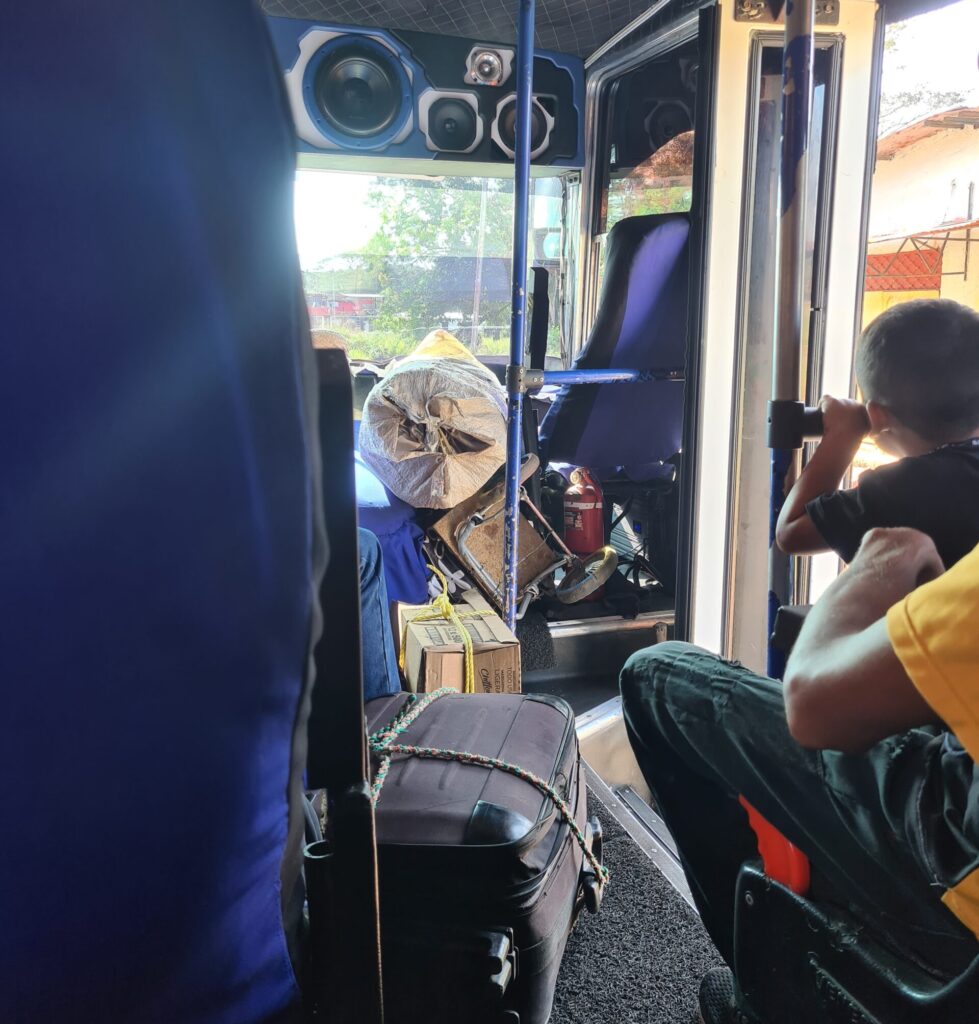
Safety
I never felt worried, and no one approached me with bad intentions. However, it’s always important to keep an eye on your belongings.
Buses to Get to Hato el Cedral
The goal was to arrive at Mantecal, so the direction was towards San Fernando de Apure.
From Caracas: Night buses depart for San Fernando and arrive in the morning, then a bus to Mantecal.
From Western Venezuela (Merida, Maracaibo, and Barquisimeto): Travel to Barinas first, then catch a bus to San Fernando.
I felt incredibly welcomed during my stay, even though I was travelling alone. The hospitality and the people I met were fantastic.
The Safari
The Hato organises several activities, providing a rich and varied experience, such as:
-
- River Navigation: I saw alligators and crocodiles right next to the boat.
-
- Animal Watching: You can watch animals during the day or night from a truck. During the day, an experienced guide took us around the area, trying to find as many animals as possible. We even encountered an anaconda and caught a piranha (caribe).
-
- Night Expedition: I was quite lucky during the night expedition and saw a puma and a couple of anteaters.
-
- Horse Riding: Riding horses is a great way to immerse yourself in the cowboy culture. We rode around ponds and through the area, getting a real feel for the landscape and lifestyle.

The Food & Traditional Dance
The food was fantastic, with every dish being traditional and even options for vegans. One evening, the Hato invited some musicians, and we had a wonderful experience listening to traditional music.
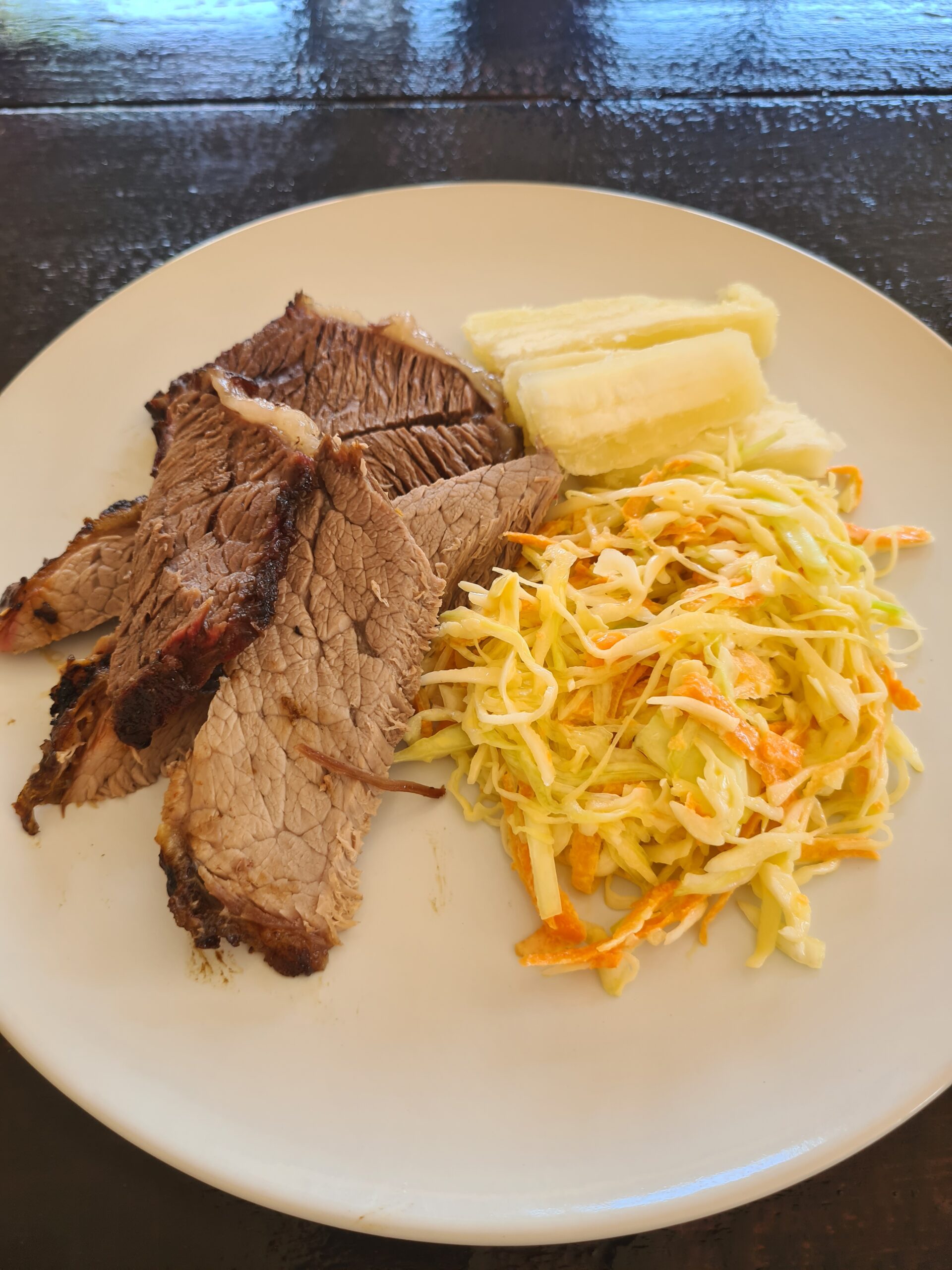
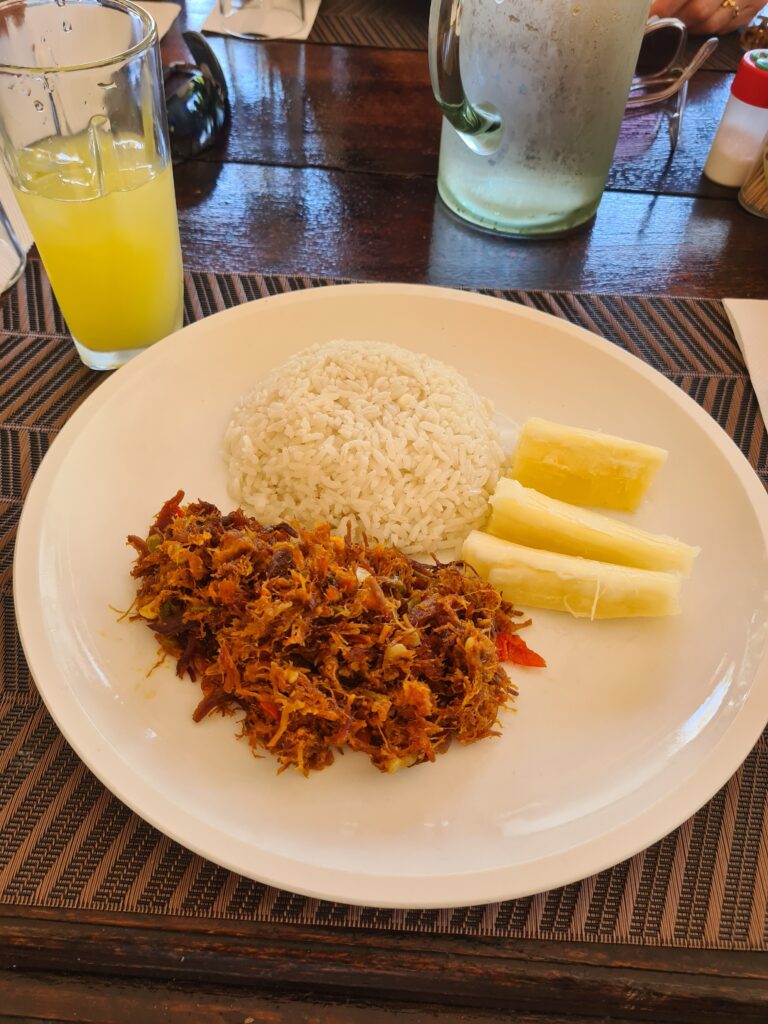
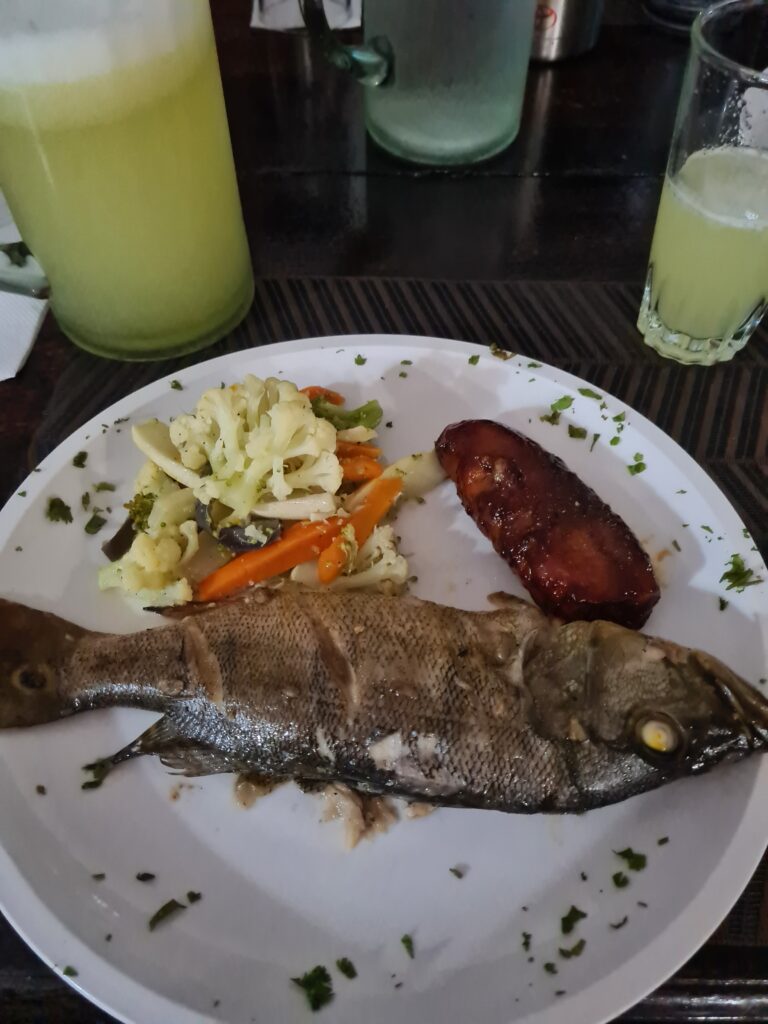
Sim Card
In remote areas of Venezuela, various mobile companies operate, but the most popular and the one with better connection for this are is Movistar.
My Way Back
After forming a nice friendship with a local family, they gave me a lift to a certain point. From there, I took two more buses to get back to Merida.
How to pay:
you might contact the structure before and see if they have any international banks. if you plan to pay there bring cash, they don’t have an international card machine.
